Birthdays are tough in my book. A lot of expectations, pressure, and often disappointing. Furthermore, I’ve found myself in a season when numbers don’t matter all that much. I quit adding up our mileage around 10,000. Neon is our numbers and detail person. She just helped me reverse engineer that Feb. 9 will be my 36th birthday, not my 37th.
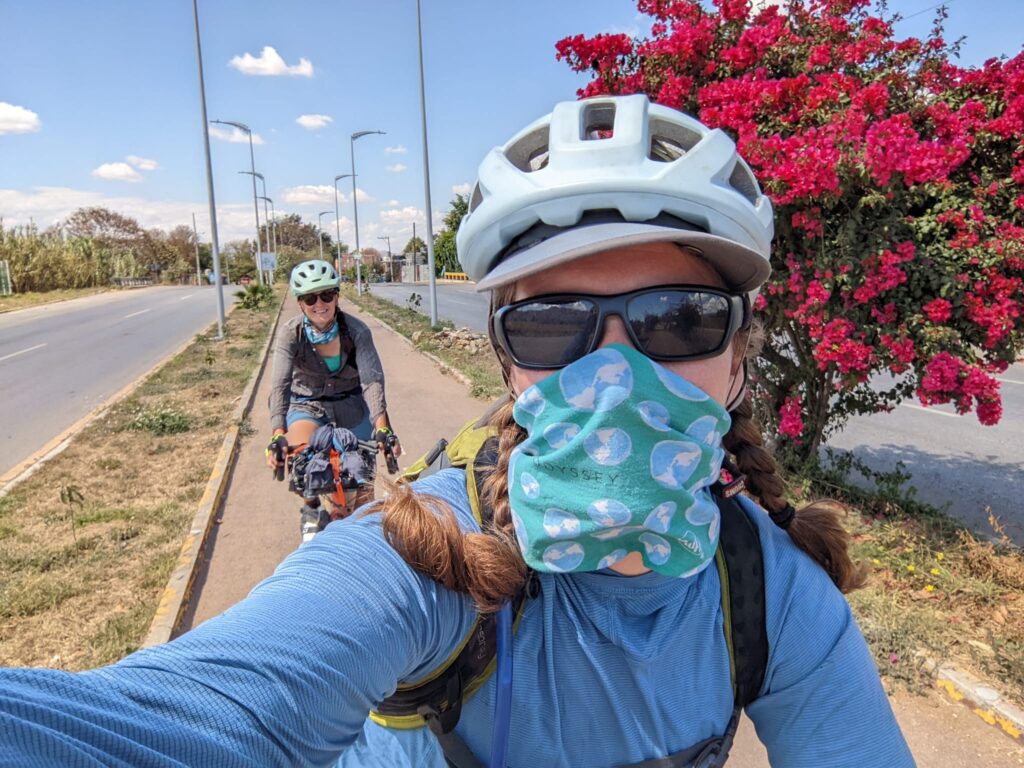
I’ve been making a case to call myself “mid-30s” since I was…28? Or do it like the women of the altiplano and just say which of the Tres Etapas (3 ages: childhood, motherhood, freedom) they are in.
I’ve had some pretty crummy birthdays but my 34th was a turning point, having decided to take the reins and plan my own celebration, rather than hoping someone else would magically read my heart and make things happen. Sharing a long weekend with some of my favorite humans at the incredible Pacific Nomads Earthbag Villas in Punto Mita, Mexico was a lifetime highlight.
![]()
So, I officially shifted my celebration policy from aiming for a birthDAY to a birthMONTH. It relieves the pressure to do ALL THE THINGS in one day and gives me mental permission to slow down and actually enjoy moments. It can’t be a blow out bonanza every year, so much as a steady flow of fun. After all, moving through things slowly is my thing.
Thus, throughout February, I practice letting myself do little extras as they come up.
A couple examples:
-Cutting my toast diagonal
-Meandering into whichever churches or museums catch my eye
-Getting an ice cream cone on a hot day (Neon and I like to say that cones are more ethical than cups because you eat the container instead of making more trash!)
And, the example I really want to talk about:
-Splurging on a guided tour of the Zona Arqueológica de Monte Albán!
![]()
Many sites are limiting the number of visitors, so we got there early, having read a couple articles beforehand to get our bearings. But the questions have already been piling up for a month of bikepacking. How much do ahuehuete trees drink? What was the relic in the cathedral I saw everyone bowing and making the sign of the cross to? What was the difference between the Zapotec and the Mayan peoples? What’s that mountain over there called? Which arm of the Sierra Madres are we in? Which archaeological site is on the 20 peso note?
![]() Kristina Schmidt-Mahla had offered her services outside the entrance gate and wore the lanyard and badge of an official guide. It’s not something I would usually spend on, since our income is about half of what our living expenses are and savings are draining fast. We also don’t like hurrying into decisions, so we stepped into the women’s bathrooms to talk through these restricting realities.
Kristina Schmidt-Mahla had offered her services outside the entrance gate and wore the lanyard and badge of an official guide. It’s not something I would usually spend on, since our income is about half of what our living expenses are and savings are draining fast. We also don’t like hurrying into decisions, so we stepped into the women’s bathrooms to talk through these restricting realities.
Having listed the cons, I had to remind myself to weigh out the pros:
-The museum is closed so we won’t have much context for what we’re seeing.
-This was a chance to engage an independently working, international woman who had been here for 30 years.
-We have the chance in the days ahead to visit 4 more archeological sites, cave paintings, and petrified waterfalls! So, if I could squeeze in the 42 million questions already burbling around inside my brain, and get some context for what we’d be seeing in the days ahead…
-It’s my birthmonth!
We decided to go for it and I am deeply edified by the yields.
![]()
This particular site rose to preeminence as one of the earliest cities in Mesoamerica around the 8th Century BCE. It underwent 5 different reconstructions and, as Kristina put it, “that’s not bad for 1,300 years of being inhabited.” In the 1990s there was a sort of… 6th reconstruction by some, let’s call them, bold and creative, archeologists much to the disapproval of the community and termination of their roles on the site. Kristina used a hand mirror to indicate change in construction or points of interest, explaining how the Zapotec conveyed names based on dates and animals, such as Mrs. Jaguar 13 over here, she cast a point of light to the tablet standing on a temple top.
![]()
As per Britannica:
Zapotec occupation of the site may be dated with certainty by about the 1st century BCE. The beginning of the third and most flourishing phase of Monte Albán corresponds to the Classic Period (300–900 CE). The influence of the Teotihuacán architectural style is quite evident; the zenith of the period was reached circa 500. During the ensuing fourth period, about which little is known, Monte Albán lost its political preeminence, and its structures began to decay. In the final phase, which lasted up to the Spanish conquest in the 16th century, the Mixtec inhabited the site; they reused some of the old Zapotec tombs, and the two cultures became fused.
![]()
Where did the Mixtec come from? She pointed to the mountains to the west. And they came bearing their dead, because for them it was a normal point of pride and grounding to live with their ancestors buried in the earthen floors of their homes. You know the psychological exercise, “if you could rescue one thing from your burning house what would it be?”
How many of us can say, “grandma’s bones!”
Already the 170 or so tombs in the passageways beneath where we stood were regularly purified and reused. The long and intermingled memory of the people of these regions helps me understand their acceptance and appreciation that all things are mutable.
It manifests in many ways which can be beffudling and sometimes frustrating as a foreign traveler. Things like: spelling is as varied as pronunciation (nightmare for a note-taker), or open hours abiding by posted times (frustrating when you are trying to get breakfast before a 100 km day), directions are often vague, and their mythology is laced with folds and cycles in narrative rather than a straight “story line.”
These are cyclic civilizations, as Kristina put it.
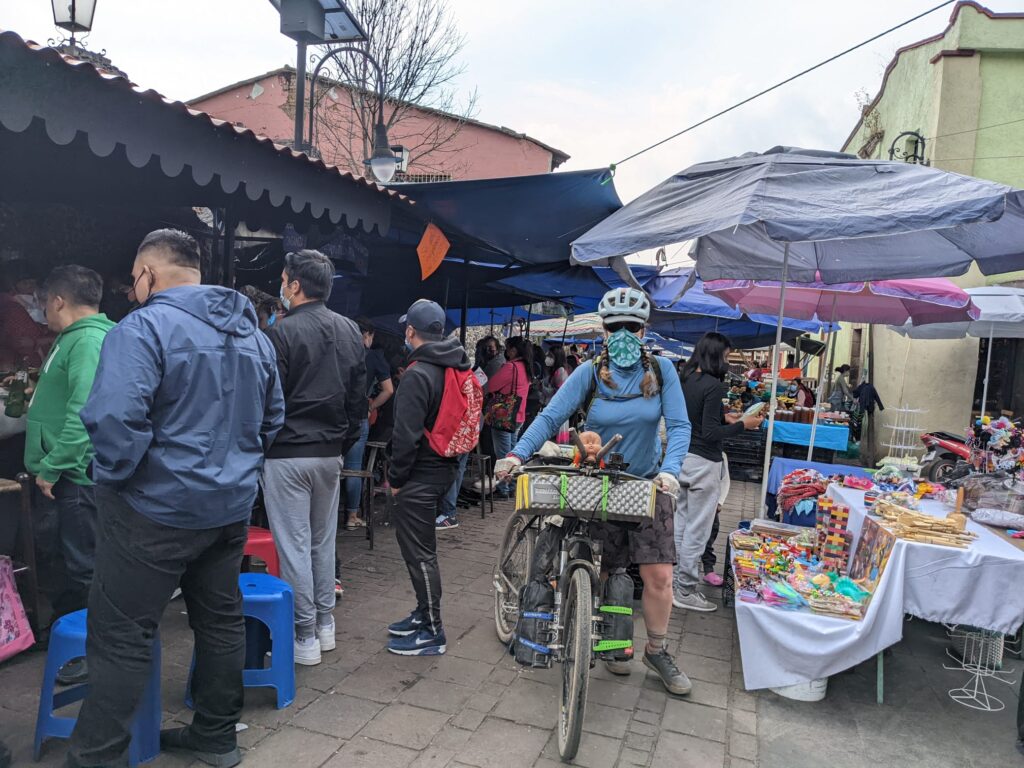
Walking with and learning from her enriched not only our visit to the site but our understanding of the whole area. She was a wealth of rounded knowledge and clearly woven in to the local community. She pointed across the valley to the mountain at the base of which she lived. A homeopath by training and bloodline in Germany, she formally introduced us to some of the characteristic vegetation we’d been meeting along the way, such as the Copal trees and their fragrant berries. We stopped and greeted a Nopal cactus as she explained what parts help with headaches, diabetes, high blood pressure, and the properties which make them a common part of people’s diets. We talked about how everyday things like Maiz and Nopal are sacred here and also everyday use items.
![]()
She also knew a great deal about a topic I am curious and writing about: the short stint of Maximilian and Charlotte as Emperors of Mexico. Like myself, Kristina felt the women were underrepresented in the historical telling considering the keystone role Carlota (she changed her name when they moved to Mexico) played.
She taught us a great deal about the various archaeologists who dig in these circles. Specifically, as we stood overlooking a neighboring rise and excavation site, she told us about Nelly Robles García who makes a point to involve local voices, employs women on the ground, and “knows how to move the machismo,” as Kristina put it. I read a bit and Nelly has been working on Monte Albán and surrounding sites for over 15 years.
In an interview she states [translated], “archeology must always address the needs of the communities, making sure that any economic benefit, no matter how small, falls to the communities, in order to make allies of them, instead of enemies.” She advocates for the frustration locals feel to have items taken from their lands, being robbed of pieces of their heritage and story. “Collections of objects from Oaxaca, from the Mixteca [people], from many parts of the country, went to the museum and many of us are proud of the site, but the people in the communities do not forget that they took objects from there and when they want to go to the museum they charge them. There is a contradiction, a problem that people are very aware of.”
![]()
We discussed these challenges and the change makers and voice amplifiers while gazing from a quiet corner of Monte Albán across at the hillside where Nelly may well have been working at that very minute. From that vantage point too, Kristina pointed out the various valleys which met at this junction point, explaining that this spot had gone unsettled for quite some time because of its location amidst some 3 or 4 feuding chiefdoms.
I commented that we had stopped by some ruins on our way in to Oaxaca a few days ago, when pedaling through San Jose el Mogote which we could see below us, to the north. I had spotted it while scanning satellite imagery but knew little more. We had stopped there to munch on street tacos I had bought from an abuelita and hold one of our daily check-ins before transitioning to city mode for a few days.
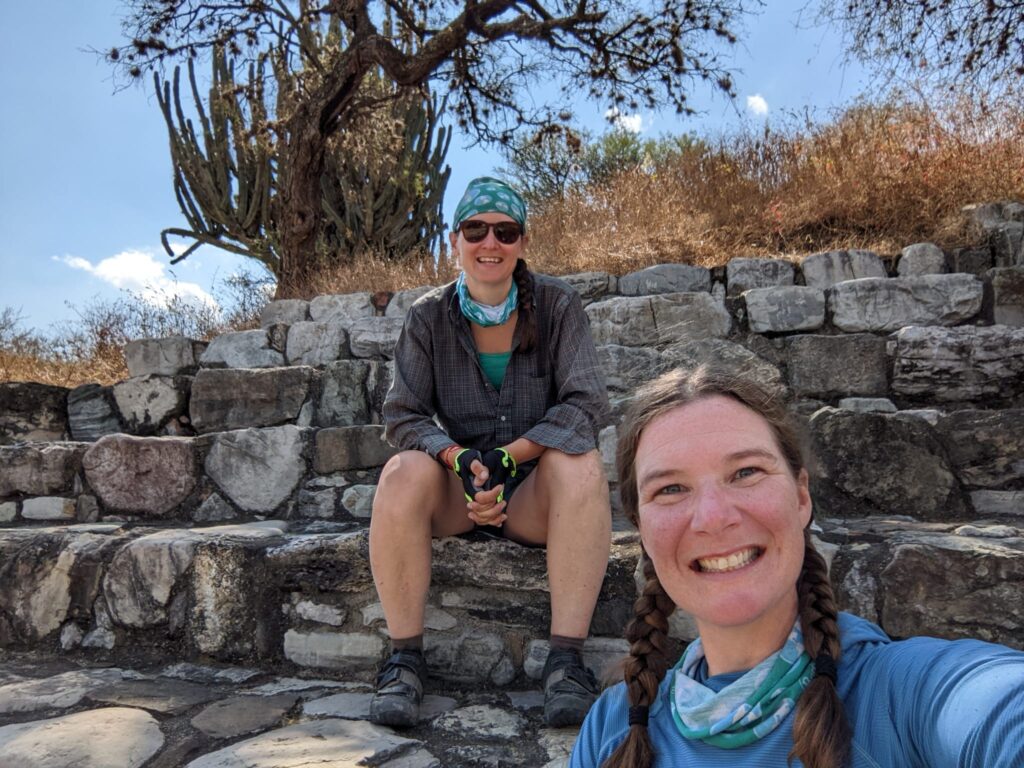
When we had rolled up, I spoke with a friendly neighbor man who told me it was fine to leave our bikes at the bottom while we looked around. He commented in Spanish, “I was waiting to see if you would greet us and if you spoke Spanish. Of course you can leave your bikes down here, it is muy tranquillo.” The only guardians of the site were two massive cactus who stood atop it and a crew of perros callejeros hanging out on the dirt road below.
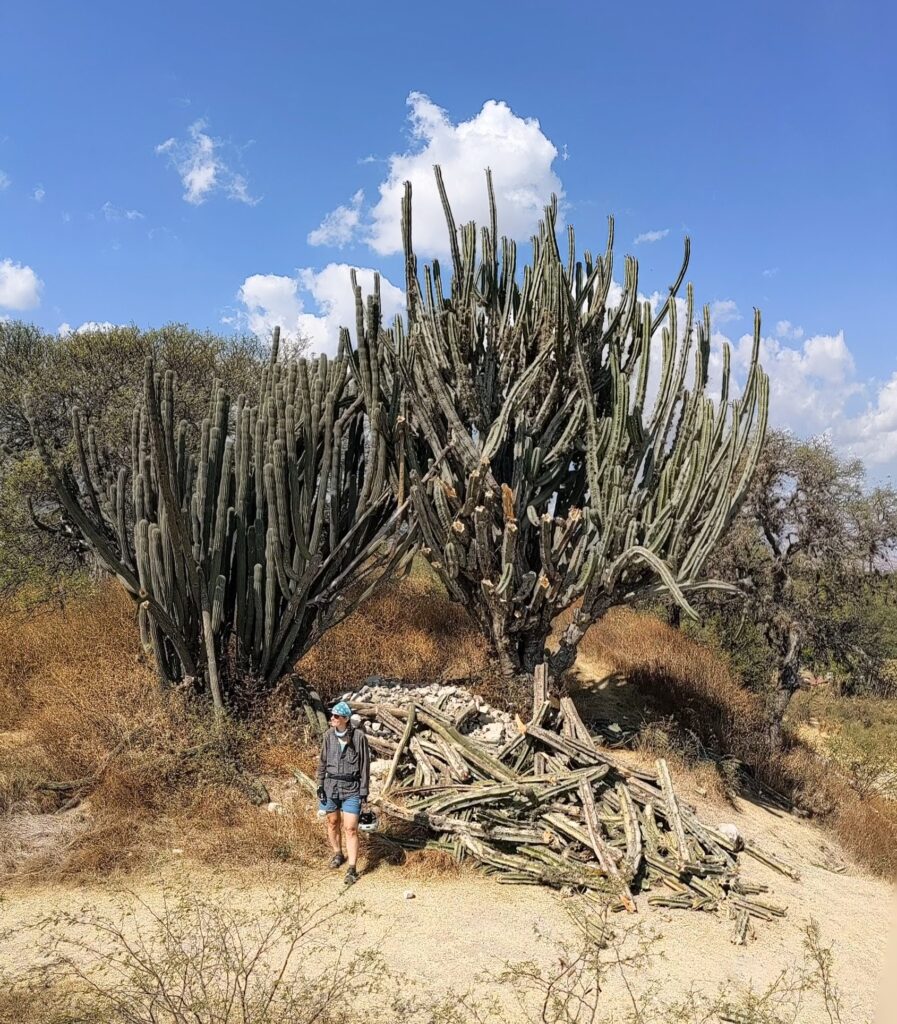
Kristina filled in the facts, that we had incidentally had first lunch on the stone stairs of the original capital in this valley, dating back to 1500 BC. We asked the pervasive and simple question both of the Mogote and Albán sites, if folks back then were so small, why were the stairs so tall?!
Two theories she mentioned were that they required less building material, or because it makes it harder for attackers to invade because you have to slow down and sidestep.
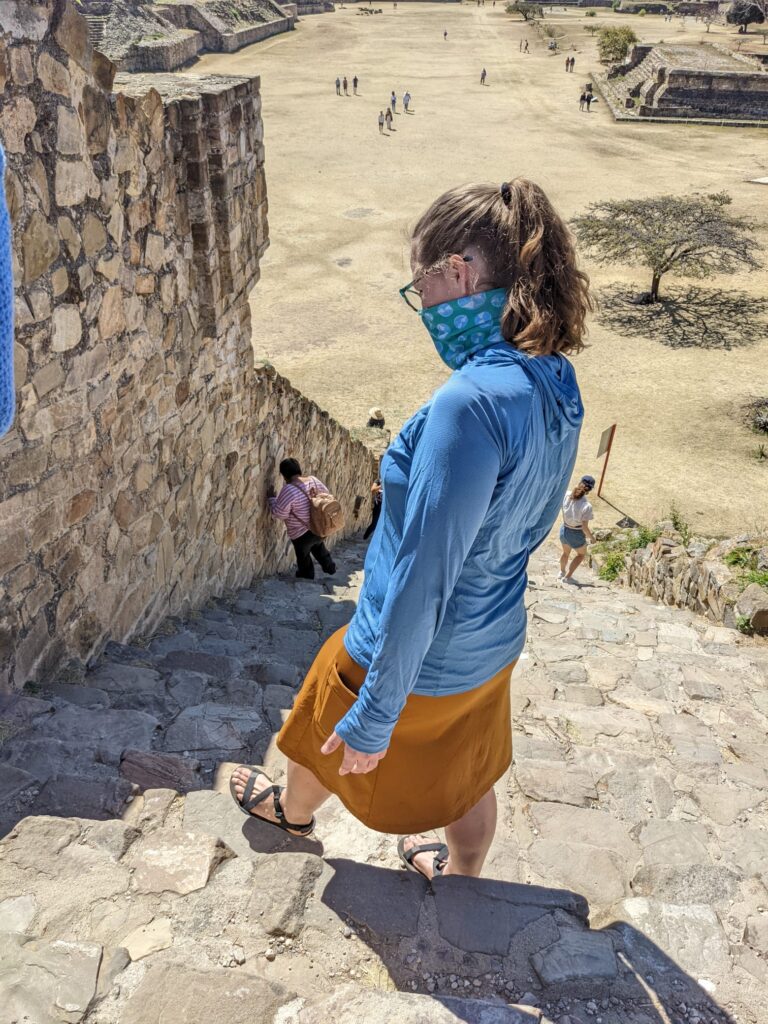
I walked away with several pages of notes from gems she gave, each of which are lifetimes of unpacking and leave me giddy just to have a taste! Of course she was a wealth of information about the site itself: the stories of the stone dancers, secrets of solar and planteary observation and alignment, weather patterns, how to identify reconstructions, and so much more. I’ll leave it at that, knowing that pictures can never do it justice and, if you ever get to visit, now you have her number (WhatsApp or email work best).
![]()
I will close with saying that, if her sense of dignity, knowledge, determination, and broad perspective were not enough, what solidified my admiration of our guide was that every other individual working at the site, the groundskeepers and trinket sellers alike, all knew her and they exchanged greetings. She made the site more than just a photo op, she brought history to life and left us to ponder all of this sitting in the shade of a Pencil Tree.
![]()
As we proceed down the valley, and into the final State of our journey across Mexico (Chiapas), this visit and wealth of story and engagement stands out as a highlight.
I wouldn’t have been able to engage this amazing person, learned so much history, afford the wifi and time to write this, or had the freedom to make this internal joy seeking birthMonth journey without a supportive community. As ever, huge thank you to our Patreon Peeps and
If you would like to give a birthMonth boost:
PayPal @HerOdyssey
Venmo @bethany-hughes-26
We would also like to thank a couple of our gear partners you see in the pictures:
Xero Shoes, Purple Rain Skirts
![]()


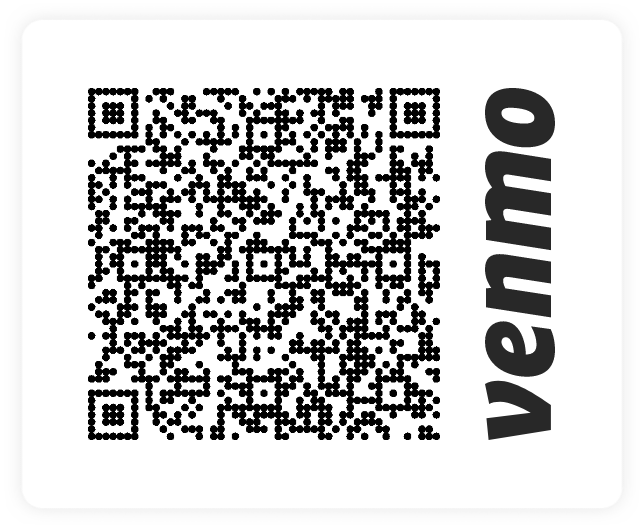




Comments (6)
This is so incredibly rich and soul-nourishing. I especially love the Tres Etapas and am enjoying my Freedom phase every bit as much as I take pleasure in you and Neon’s special brand of motherhood phase, giving birth to visions and stretching our definitions of what women can or “should” do! Happy birthmonth to the person who first made me an auntie, a cherished role!
You roll me up into this cinnamon bun of a lifeline, as i got to video call with the nephews yesterday and share caves and critters with the boys. With that layered back to the walks we would share. To the gift of reflection you gave to my inbox. I look forward to taking that to reflection spaces over the month ahead.
Salutations from Cornlandia! Fidgit, I love your attitude regarding birthdays. Most people look at them like an existential bank account thats being drawn down. Personally, I see them as a day to simply celebrate your existence – the numbers have no meaning. Its about “Wow! I am here &YOU are hear! isnt this fantastic?!!” .
Thank you for sharing your insights. I really love that you recognize that all time matters – past-present – future. It all happens at once. Also, what outrageously good form to sing your guides praises on the world wide web!
I am going to burn some sage on your birthday and thank the Mother of Life that you are here! You my dear, are a Gift.
Oh Mike, i know you’ll understand how this feedback rolls right in with a document on “Bodies, Bones, and Burials in Oaxaca, Mexico” by Jeffrey P Blomster, all because Kris mentioned ‘secondary burials’ during our tour and it is unraveling even the significance of the dehydrated rehydrated potatoes we ate back in Bolivia. The dominoes are clacking in such a marvelous way, any threads to the heavens, by smoke or song, are much appreciated to nudge and guide this work.
Pingback: Bikepacking: Guanajuato to the Monarch Butterfly Preserves – Her Odyssey
Pingback: Bikepacking Oaxaca: A land of Diversity – Her Odyssey